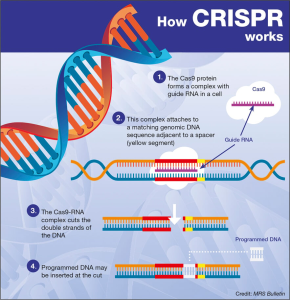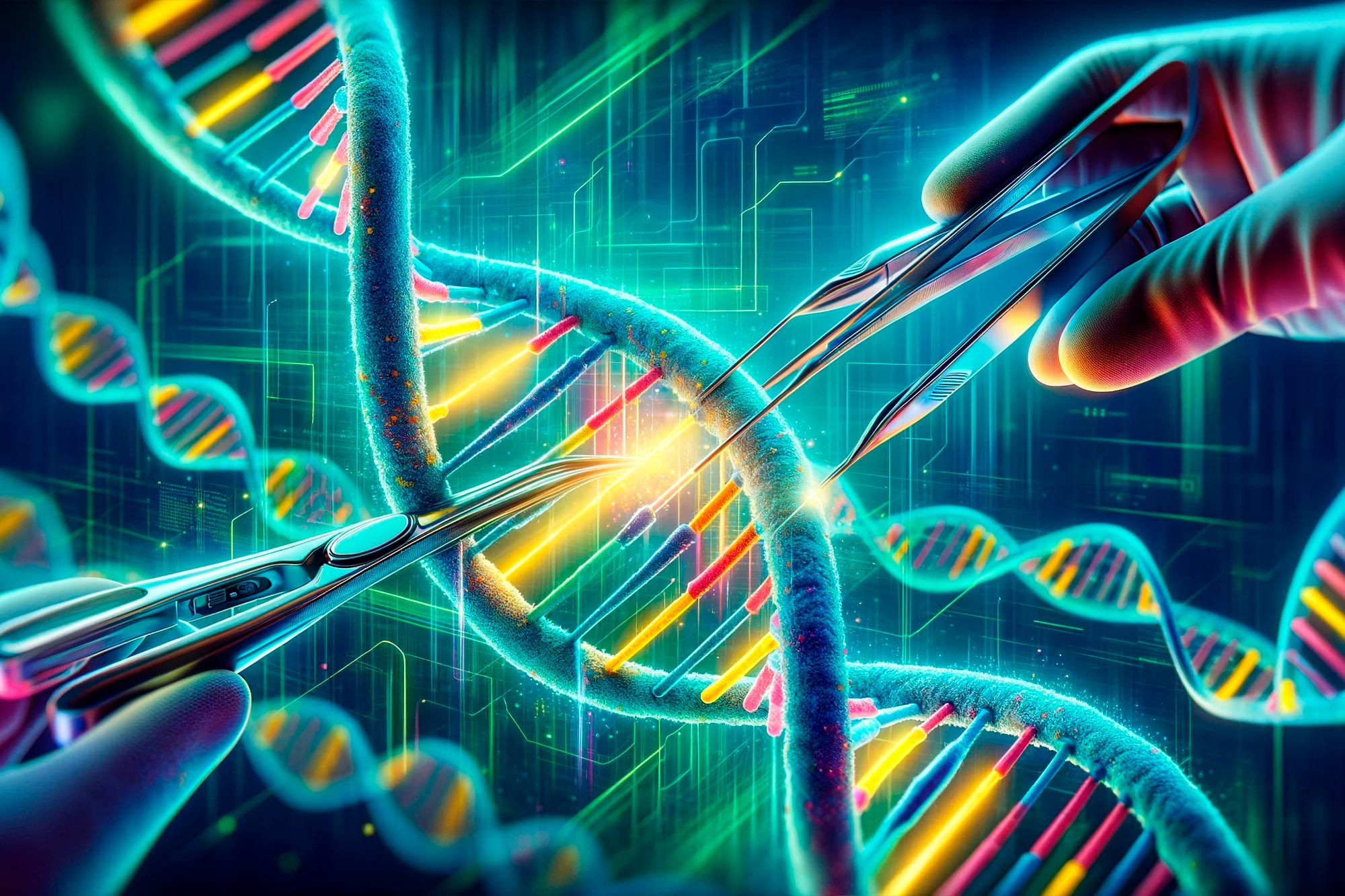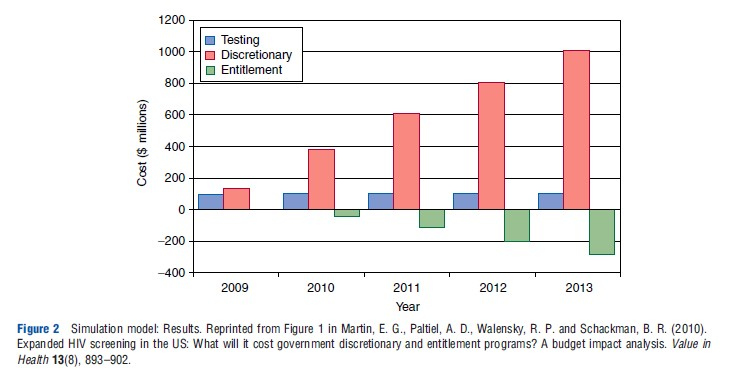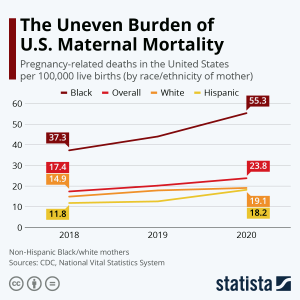Gene editing is revolutionizing medicine and now offers hope to millions affected by genetic diseases. This groundbreaking technology, which includes advancements like base editing and prime editing, allows scientists to correct mutations that cause ailments, providing new avenues for treatment and even possible cures. Leading innovators, such as David Liu, are leveraging CRISPR technology to create precise changes in DNA, which have shown incredible promise in clinical trials. These innovative approaches go beyond traditional methods, addressing the limitations of early gene editing techniques that simply cut DNA. As we delve deeper into the realm of genetic modification, the implications for future health care and our understanding of genetics are strikingly profound.
The term genome modification encompasses various cutting-edge technologies that are reshaping the landscape of genetic research. At the forefront are techniques like base and prime editing, which allow for targeted alterations in the genetic code, paving the way for novel therapies against hereditary conditions. Researchers are actively exploring these methods, catalyzed by the foundational principles of CRISPR, to offer more comprehensive solutions to genetic disorders. With pioneers like David Liu leading the charge, the potential to rewrite genetic predispositions is no longer a distant dream but a tangible reality. This evolving field not only promises to change individual lives but also holds the key to understanding and potentially eradicating genetic diseases.
Understanding Base Editing: A New Frontier in Gene Therapy
Base editing represents a significant advancement in gene therapy, allowing for precise alterations to DNA without making double-strand breaks. This innovative approach directly targets the nucleotide bases—adenine (A), cytosine (C), guanine (G), and thymine (T)—of a gene, enabling scientists to convert one base into another with exceptional accuracy. By circumventing the need for aggressive cutting of DNA, base editing minimizes potential off-target effects, paving the way for safer treatments. This approach has already demonstrated its efficacy in clinical settings, such as in the case of Alyssa Tapley, who benefited from a base editing therapy that cured her T-cell leukemia, showcasing the promising future of genetically targeted interventions in medicine.
Moreover, the development of base editing has drawn considerable attention due to its capacity to address some of the most prevalent genetic mutations associated with diseases. Researchers, including those led by David Liu, have focused on common mutations that directly contribute to genetic disorders, such as sickle cell disease and various forms of muscular dystrophy. By allowing precise corrections to these mutations at the single-base level, this technology enhances the potential for personalized medicine, where treatments can be tailored to the individual genetic profiles of patients suffering from rare diseases.
The Evolution of Prime Editing: Transforming Genetic Modification
Prime editing is often referred to as a breakthrough in the field of gene editing, which complements the groundbreaking capabilities of base editing by offering broader modifications to the DNA sequence. Unlike base editing, which makes discrete changes to individual nucleotides, prime editing can insert, delete, or replace longer sequences of DNA. This flexibility has profound implications, particularly for genetic diseases caused by more complex mutations, such as insertions or deletions that alter the reading frame of genes. By effectively rewriting specific sections of the genome, prime editing represents a powerful tool in the fight against genetic diseases that have eluded traditional therapies.
David Liu’s pioneering work in prime editing demonstrates an evolution in our understanding of gene therapy. This method operates much like a word processor, allowing researchers to overwrite specific segments of genetic code, which can restore normal function to genes that have mutated abnormally. The potential breadth of applications for prime editing includes not just curing diseases but also engineering organisms with desirable traits for agriculture or conservation. As more clinical trials commence, the hope is that prime editing will lead to significant breakthroughs in treating disorders that have long challenged the medical community.
CRISPR Technology: The Foundation of Modern Gene Editing
CRISPR technology, originally discovered as a natural defense mechanism in bacteria, has revolutionized the landscape of genetic engineering. By utilizing this system, which is capable of locating and cutting specific DNA sequences, researchers have been able to explore new avenues in gene therapy, leading to transformative applications in treating genetic diseases. David Liu’s use of CRISPR as a foundation to develop base and prime editing has further enhanced our ability to manipulate the genome with unprecedented precision. The adaptability of CRISPR technology continues to inspire innovative approaches to complex health challenges.
The journey from basic science to practical applications illustrates the profound impact of CRISPR technology on genetics and molecular biology. The initially mysterious function of CRISPR sequences has evolved to inform numerous clinical trials and therapeutic strategies aimed at eradicating genetic disorders. As researchers deepen their exploration of CRISPR-related tools, the potential to develop effective treatments for a myriad of diseases becomes increasingly tangible, highlighting the importance of basic scientific inquiry in shaping future medical breakthroughs.
The Role of Basic Science in Advancing Gene Editing
Basic science is often seen as the groundwork for innovative breakthroughs in various fields, including gene editing. The principles underlying CRISPR technology, and subsequently base and prime editing, originated from fundamental research into the immunity mechanisms of bacteria. This curiosity-driven exploration provided the tools necessary for modern genetic research, emphasizing how foundational knowledge can lead to life-saving applications. Liu’s work encapsulates the significance of basic science, showing that understanding the rudiments of genetic processes lays the groundwork for revolutionary treatments for genetic diseases.
Furthermore, the interplay between basic science and practical applications is evident in the advancements made in gene editing. Researchers like Liu challenge the traditional boundaries of scientific inquiry by bridging the gap between understanding and application. This synergy enables breakthroughs that not only enhance our comprehension of genetics but also translate into tangible solutions for preventing and treating genetic diseases. As funding and support for basic research prioritize long-term societal benefits, the potential for groundbreaking discoveries continues to expand.
David Liu: A Pioneer in Gene Editing Innovation
David Liu stands out as a prominent figure in the advancement of gene editing technologies, widely recognized for his contributions to base and prime editing. His groundbreaking research has reshaped the conversation around genetic diseases, highlighting the need for precise and effective methodologies in gene therapy. Liu’s commitment to making gene editing safe and accessible reflects his deep sense of responsibility as a scientist, and he continues to champion the integrity of research in the community.
Liu’s recognition, including the prestigious Breakthrough Prize, showcases the impact of his work on the scientific landscape. His insights into the implications of gene editing inform not only the current research trajectories but also the ethical considerations of applying these technologies in clinical settings. By fostering open discussions about the future of gene editing and its societal implications, Liu ensures that the progress made will benefit numerous patients affected by genetic disorders.
Gene Editing and Its Potential to Cure Genetic Diseases
Gene editing technologies like base and prime editing provide a beacon of hope for millions of individuals affected by genetic diseases. By targeting the root causes of these conditions at the molecular level, there is potential to reverse the effects of genetic mutations. As highlighted in recent clinical trials, patients have shown remarkable improvements, illustrating how precisely targeted gene editing can lead to transformative outcomes in healthcare. This paradigm shift showcases the symbiotic relationship between technology and human health, promising a future where genetic diseases can be effectively managed or cured.
The ongoing research into gene editing technologies not only highlights their potential but also underscores the importance of continued investment in scientific inquiry. As researchers refine these tools, the capacity to address a broader spectrum of genetic issues expands. From rare disorders to more common pathologies, the focus on developing efficient and safe gene editing methods reflects a commitment to improving patient outcomes, thus signaling a new era in genomic medicine where hereditary conditions no longer dictate the course of lives.
The Future of Gene Editing: Challenges and Opportunities
As the field of gene editing continues to advance rapidly, it faces both remarkable opportunities and significant challenges. The promise of technologies such as base editing and prime editing offers innovative pathways to manage and potentially cure numerous genetic diseases. However, researchers and policymakers must navigate the ethical implications and regulatory landscapes associated with deploying these powerful tools in clinical practice. The balance between innovation and safety is paramount, and ongoing discussions within the scientific community will play a crucial role in determining the future direction of gene therapies.
Moreover, the collaboration between academic institutions, governmental bodies, and private sectors will be vital in propelling gene editing research forward. Support for early-stage research, as well as funding for clinical trials, is essential to realize the full potential of these technologies. By fostering partnerships that bridge the gap between laboratory findings and clinical applications, the medical community can enhance the prospects of using gene editing to transform lives, turning theoretical advancements into practical treatment options for patients globally.
Reshaping Genetic Understanding through Advanced Technologies
Advanced gene editing technologies, like those developed by David Liu, are fundamentally reshaping our understanding of genetic mutations and their implications for health. By employing sophisticated methods that allow for precise edits to the genome, researchers are beginning to unravel the complexities of genetic inheritance and expression. This deep dive into the genetic architecture not only informs treatment strategies for existing genetic diseases but also aids in the identification of potential risks in seemingly healthy individuals, thereby opening avenues for preventative medicine.
The rapid evolution of gene editing tools has fostered a new era of precision medicine, where treatments can be individualized based on a patient’s unique genetic mutations. Liu’s work with base and prime editing exemplifies this shift, demonstrating that understanding the minutiae of genetic changes can lead to more effective therapies. As the research community continues to explore the untapped potential of gene editing technologies, patients stand to benefit from a future enriched with personalized therapies tailored specifically to their genetic makeup.
Frequently Asked Questions
What is gene editing and how does it work?
Gene editing is a biotechnology that allows scientists to modify an organism’s DNA. Techniques such as CRISPR-Cas9, base editing, and prime editing enable precise alterations to gene sequences, helping to correct genetic mutations linked to diseases.
How does CRISPR technology contribute to gene editing?
CRISPR technology utilizes an enzyme that cuts DNA at specific locations, enabling gene editing by either disrupting genetic sequences or allowing new genetic material to be inserted. This technology has paved the way for advancements such as base editing and prime editing, which refine the editing process.
What are base editing and how does it differ from traditional gene editing?
Base editing is a more refined form of gene editing that allows scientists to convert one DNA base into another without cutting the DNA strands. Unlike traditional methods, which require the DNA to be cleaved, base editing provides a safer and more efficient means of correcting mutations that cause genetic diseases.
Can you explain what prime editing is in the context of gene editing?
Prime editing is an advanced gene editing technique that acts like a word processor for DNA. It enables precise editing of genetic sequences by searching for specific flaws and replacing them with accurately synthesized DNA, allowing corrections for a broader range of genetic mutations than base editing.
What are the implications of gene editing on genetic diseases?
Gene editing technologies such as base editing and prime editing hold great promise for treating genetic diseases. By correcting mutations at the source, these methods could potentially eliminate the root cause of conditions, offering hope for effective treatments and even cures.
Who is David Liu, and what is his contribution to gene editing?
David Liu is a prominent scientist recognized for his pioneering work in gene editing, notably through the development of base editing and prime editing. His research addresses genetic diseases and aims to enhance the safety and effectiveness of gene therapies for patients.
What are the current clinical applications of gene editing technologies?
As of now, there are numerous clinical trials utilizing gene editing techniques like base editing and prime editing to treat a variety of genetic disorders. Patients have begun to receive treatments aimed at correcting specific genetic mutations associated with their conditions.
How does gene editing technology evolve beyond CRISPR-Cas9?
While CRISPR-Cas9 has been revolutionary, researchers are advancing tools like base editing and prime editing to enhance precision and minimize risks associated with unwanted genetic changes. These newer technologies build on the foundational work of CRISPR but offer improved capabilities for specific therapeutic applications.
What are the safety concerns regarding gene editing techniques?
Safety concerns in gene editing primarily revolve around off-target effects—unintended changes to the genome. Researchers like David Liu emphasize the importance of refining these technologies to ensure that treatments are safe and effective for patient use.
What future advancements can we expect in gene editing?
Future advancements in gene editing may include improved precision techniques, broader applications for treating more complex genetic diseases, and enhanced regulatory frameworks that ensure the safety and efficacy of these transformative therapies.
| Key Points | Details |
|---|---|
| Alyssa Tapley’s Story | At age 13, Tapley was treated with base editing technology, resulting in remission from T-cell leukemia, marking a significant breakthrough. |
| David Liu’s Role | David Liu, a Harvard professor, led the development of base editing, a gene-editing technology with promising results in treating genetic diseases. |
| Base Editing vs. CRISPR | Unlike CRISPR-Cas9, which cuts DNA, base editing modifies specific nucleotide bases, offering a safer and more precise way to correct mutations. |
| Prime Editing | Prime editing functions like a word processor, allowing for the precise replacement of flawed DNA sequences, addressing a broader range of genetic mutations. |
| Clinical Trials | As of now, there are at least 18 clinical trials that have utilized base editing or prime editing to treat various genetic diseases. |
| The Role of Basic Science | Liu emphasizes the importance of fundamental research in understanding genetic phenomena, which laid the groundwork for these advancements. |
| Future Challenges | Liu expresses concerns about the impact of federal policies on scientific research and education, which may hinder future innovations. |
Summary
Gene editing has emerged as a revolutionary field in modern medicine, particularly highlighted by advancements in technologies such as base editing and prime editing. These innovations are not only transforming the treatment of genetic diseases but also represent a significant leap forward in scientific research. The story of Alyssa Tapley exemplifies the life-saving potential of gene editing, showcasing how this technology can change destinies for patients facing dire health challenges. As we look to the future, the ongoing development of gene editing methods promises even more breakthroughs, although challenges remain in ensuring continued support for scientific inquiry and innovation.









